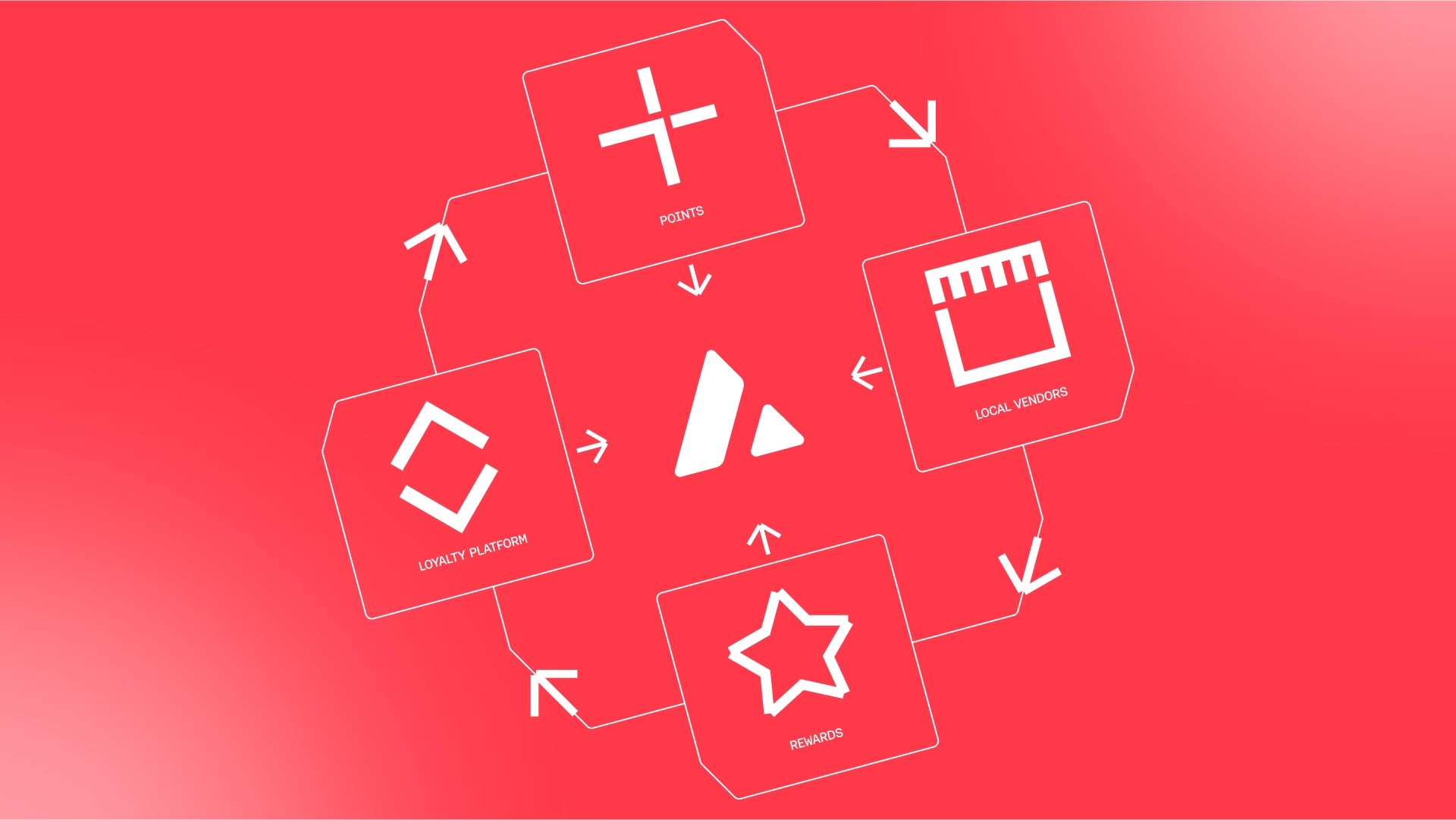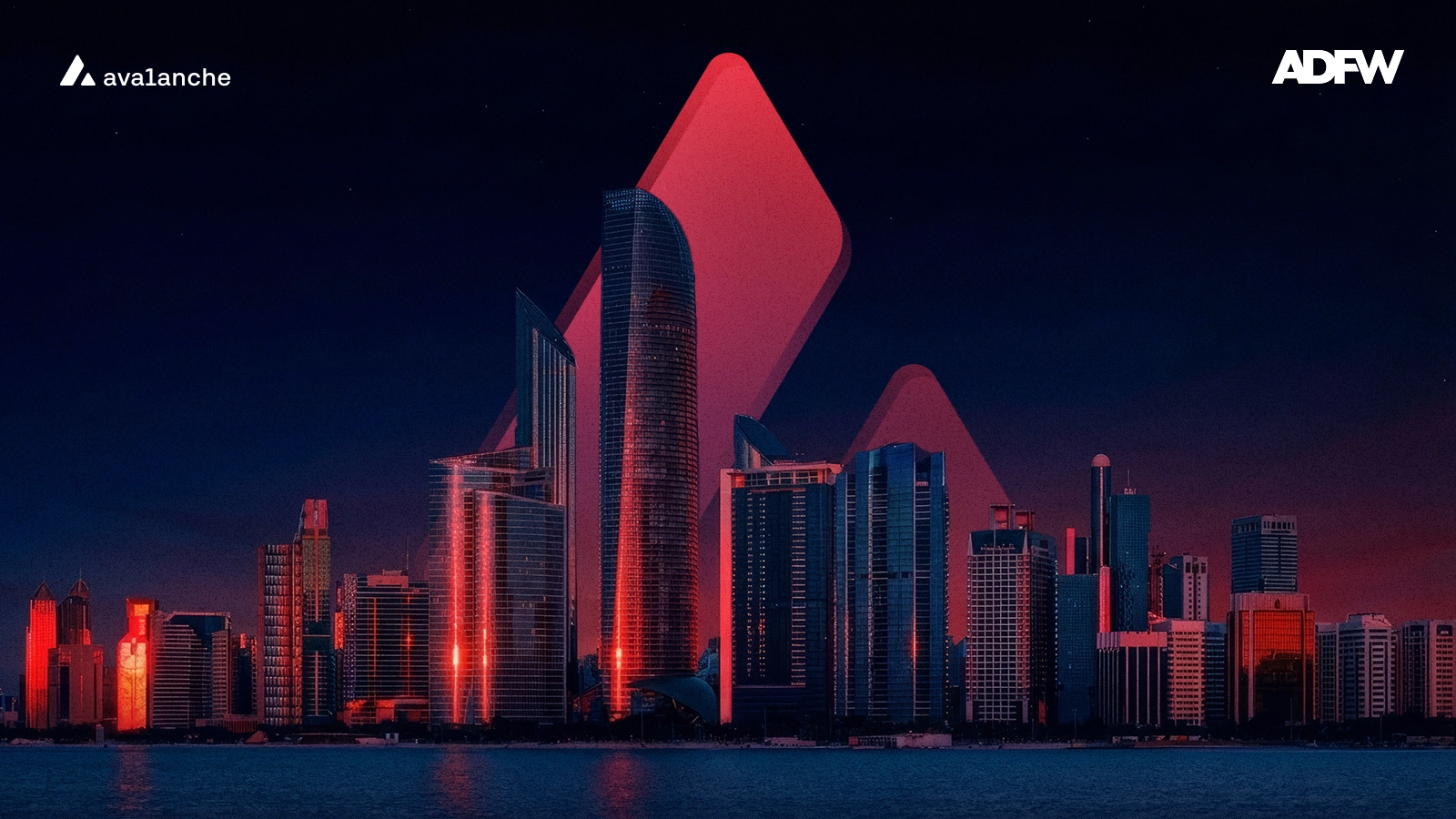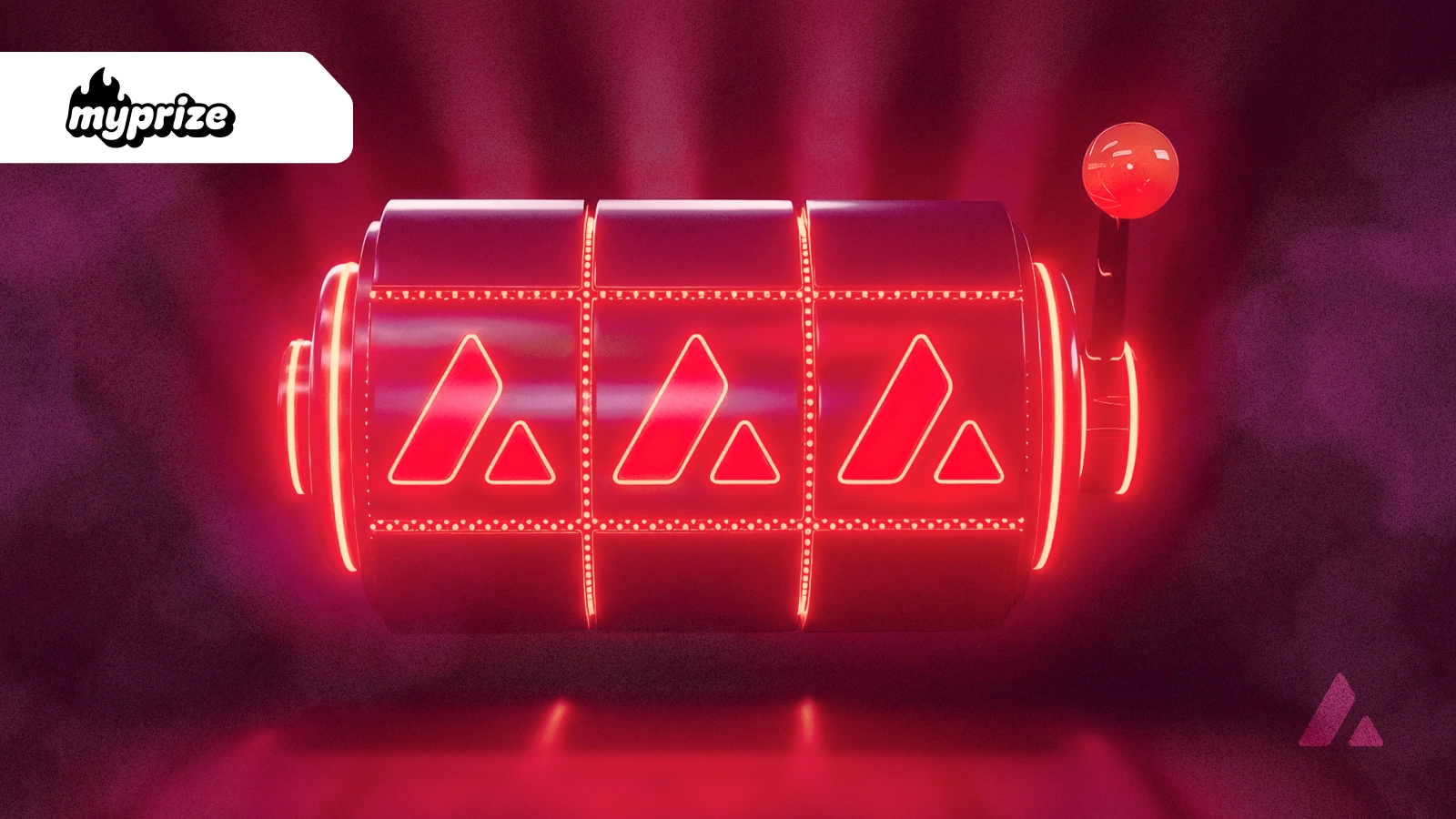Can Blockchain Make Loyalty Marketing Programs Better?
Can Blockchain Make Loyalty Marketing Programs Better?
Aug 21, 2025 / By Avalanche / 9 Minute Read

Explore the evolution of rewards from ancient Egypt to Web3. From cash back on credit cards to earning points at the grocery store, loyalty marketing has fostered enduring relationships between customers and businesses for decades.
Broadly defined, a customer loyalty program is a marketing approach that recognizes and rewards customers who purchase or engage with a brand on a recurring basis. Now, these initiatives are entering a new era: digital collectibles and blockchain-based rewards.
The Beginning of Loyalty Marketing: Bread and Beer
Loyalty marketing goes back. Way back. Cambridge University professor Barry Kemp, places the first loyalty rewards program back in Ancient Egypt where bread and beer “tokens” were offered as payment in return for labor and ongoing affiliation.
In 1793 a retailer in Sudbury, Massachusetts, started handing out copper coins to customers with every purchase. While the copper tokens no longer exist, these historic programs serve as a reminder that ‘tokenizing’ loyalty is nothing new — today’s programs are simply a continuation of history.
Throughout the decades and centuries that followed, store-specific checks, tickets, certificates, and coupons were introduced as relationship building tools. As technology improved and fiat currency became a key feature of society, new opportunities to onboard customers opened up — and brands were only too willing to participate.
Modern-Day Expansion: Airlines Get in on Rewards
When consultant Hal Brierly pioneered American Airlines’ AAdvantage loyalty program in 1981, he unknowingly ushered in a new framework for loyalty programs. "While the goal of the [loyalty] program was to identify American's best customers, establish a direct relationship, and ideally shift mindshare a bit, no one ever dreamed that frequent flier miles would become a multibillion-dollar source of incremental airline revenue," Brierley notes in a 2002 Harvard Business School excerpt. As the most profitable part of the airline industry, frequent flyer programs bring a lot of value to the business’ bottom line. In Delta Air Lines’ case, $6.8 billion in revenue from American Express on its co-branded Delta Amex card was generated in 2023 alone, but from a customer’s perspective, loyalty rewards programs often don't pay off, with some brands even rolling back their rewards offering.
Take Starbucks, for example. The Starbucks Rewards program once offered points for customers who brought their own cup into the store — a sustainability-focused initiative now discontinued in the U.S. Anecdotal reports on Reddit suggest that incentives tied to completing email surveys have been phased out.
Some experts say this is likely due to tougher economic conditions. Marshal Cohen, consumer behavior expert and chief industry advisor of UK-based market research firm, Circana, tells the Associated Press: “Businesses have to look and say, ‘are these programs working? Are they working to full capacity? … (And) is there another way of doing this that wouldn’t cost us as much money?’” While various loyalty marketing programs serve unique purposes for different businesses, many of them share an end goal: incentivize repeat purchases and engagement.
The Digital Shift: Gamification Goes Mainstream
When computers became widespread in the early 1990s, the digitization of the shopping experience expanded, and with it, a new type of loyalty marketing emerged: data-driven, personalized rewards.
The digital shift in rewards programs has also driven the focus towards reciprocal engagement, rather than purely transactional exchanges. For example, some platforms in Asia, such as Loyalty Marketing’s Ponta Points, offer rewards in return for playing in-app mini-games.
This element of ‘gamification’ has been a feature of rewards programs across the world for a long time. Walk down any city high street and you’ll see advertisements to ‘spend $5 and earn 1000 points’ or ‘buy nine coffees and get your 10th free.’
The rise of the smartphone has driven the digitized gamification of loyalty marketing even further. Location tracking enables companies to offer geo-based rewards, while the format of the phone itself makes it perfect for casual in-app mini games. These smartphone interactions all feed into a valuable secondary market for loyalty marketing platforms: user data. User-behavior data allows retailers to offer tailored rewards to suit unique consumer profiles, as well as profit from the sale of the data to third parties.
And now, businesses, sports franchises and retailers are starting to explore the opportunity to integrate blockchain technology into their rewards programs.
In October 2024, the Cleveland Cavaliers NBA team launched Cavs Rewards. This program gave Cleveland Cavaliers fans a chance to connect with the team by turning everyday purchases into experiences, memorabilia and collectibles. To operate the rewards program, Uptop leveraged the Avalanche blockchain to deliver a secure and scalable program that meets fans where they are.
Ponta Points, operated by Loyalty Marketing, is one of Asia’s largest rewards programs. The app serves 100+ million users across 300,000 retailers in Japan. In December 2024, Loyalty Marketing launched a pilot program for Ponta Points, onboarding an initial 30,000 customers to a blockchain-based version of the app. Built with the support of Ava Labs and Playthink, this new app runs on a proprietary Avalanche Layer 1 blockchain called the MUGEN Chain. For the 30,000 customers in the pilot, they now have the chance to earn rewards backed by blockchain, including geo-based rewards, unique NFTs, and in-app points that are simple to redeem.
Rewards: Built on Blockchain
Loyalty marketing reflects the environment in which it operates. As blockchains become more widely used, innovative solutions built on various blockchain rails are imminent. But what will these solutions look like and how will they operate?
With each user having a unique blockchain-wallet address that transcends international borders, loyalty marketing programs have an opportunity to access a truly global market. The result could be something similar to the growth in global trade thanks to the popularity of online shopping — customers and retailers in distant markets connected by nothing more than a smartphone app, financial payments technology and an internet connection.
Access to a unique wallet designed for loyalty marketing could also enable decentralized ownership, where the customer has ultimate control over the digital assets they have earned.
Jake Cvengros, BD Manager, Ava Labs, notes “Direct-to-wallet marketing could offer a new alternative to traditional email campaigns by enabling brands to deliver rewards, discounts, or offers directly to user wallets. By leveraging onchain activity, brands and businesses may also explore new forms of audience segmentation, allowing for more personalized and automated engagement through smart contracts.”
The parameters for current loyalty marketing efforts are very much determined by the loyalty program provider (i.e. retailers decide when and how customers can earn points). However, if platforms were to build a loyalty platform on a public blockchain, or create one governed by a public smart contract, such an approach opens the door to unprecedented levels of transparency and autonomy. A shift like this could have a huge impact on the way loyalty marketing looks in the future, with programs adopting a more universal and decentralized approach. One way to achieve this is through tokenization, converting loyalty points into digital tokens that holders can store, transfer, or trade using their blockchain wallet.
Loyalty as governance, one model of loyalty marketing, incorporates the decentralized ethos of Web3 into the traditional structure. Instead of simply earning points to spend, loyalty as governance involves customers earning tokens that grant voting power on how the program is structured — with the voting power as part of the rewards. This shift would see loyalty marketing transformed from a passive rewards system to one in which users actively participate.
A potential second order effect of this shift to Web3 could see the emergence of community-based rewards programs. Instead of individuals earning points for themselves, brands have the chance to engage fans by offering shared points to a broader community simultaneously.
Adoption: Cultural Dynamics and Regional Loyalty
The adoption of loyalty marketing around the world varies greatly according to consumer behaviour, culture, demographics and technological adoption. In this section, we’ll look at the different approaches businesses across the world utilize.
US & Canada
In the United States, loyalty marketing heavily emphasizes personalized experiences, driven by sophisticated data analytics and mobile app integration. It’s generally aimed directly at consumer expectations for convenience and immediate rewards. Meanwhile, in Canada, loyalty programs often lean toward coalition-based approaches, where consumers accumulate points across multiple retailers, reflecting Canadians’ preference for value-driven loyalty models. Despite these regional differences, both markets increasingly prioritize digital integration and transparency in data usage to retain consumer trust and engagement.
Europe
Loyalty marketing in Europe is shaped by strong data privacy regulations and a fragmented market, leading to localized programs that focus on transparency, sustainability, and long-term brand relationships. Western European consumers often respond well to tiered programs and experiential rewards, while Eastern Europe sees rising digital adoption driving growth in app-based and gamified loyalty initiatives. Cross-border loyalty remains limited, as brands tailor offerings to distinct cultural and economic contexts. Asia
Asia’s loyalty marketing landscape is incredibly diverse, with mobile-first strategies dominating in markets like China, South Korea, and Singapore, where super apps and QR code-based programs are standard. In contrast, Japan and India show more traditional program structures, though they are rapidly evolving with digital wallet integrations and real-time rewards. Social commerce and influencer-driven engagement are key regional differentiators, blurring the line between loyalty and lifestyle.
Emerging Markets
An emerging market economy is one that’s seeing sustained and strong economic growth alongside innovation. In these regions, an increase in smartphone use — and a growing middle-class consumer base — opens the way to adoption of mobile and SMS-based rewards. Programs tend to prioritize basic transactional incentives over emotional loyalty, though there’s a growing shift toward personalization as data infrastructure improves. Financial inclusion and trust remain challenges, prompting brands to partner with fintechs or telcos to expand reach and credibility.
Looking Ahead: The Future of Customer Engagement
From copper coins to digital wallets, loyalty programs have long bridged the gap between businesses and their customers. Today, brands are leveraging smartphones to offer more personalized, often gamified, experiences — a trend gaining traction especially in emerging markets. Now, with the rise of blockchain technology, loyalty marketing may be on the brink of transformation. Decentralized systems could give customers real ownership over their rewards, foster large-scale community incentives, and provide secure, transparent access to globally interoperable programs.




